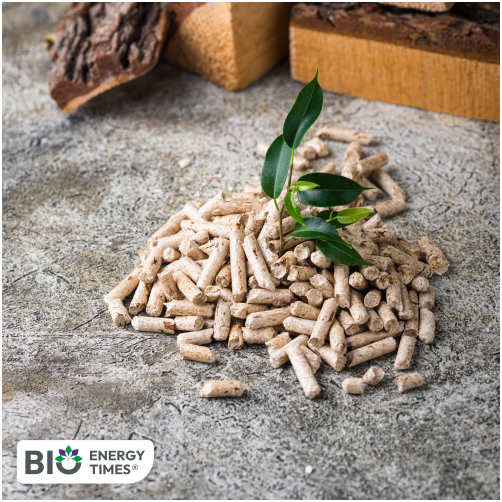A recent study suggests that US pulp and paper mills could achieve net zero emissions by transitioning from natural gas to electric and biomass power, alongside improvements in energy efficiency. Published in the Journal of Cleaner Production, the research explores how decarbonization could be realized across various mill types in the industry.
The study examined four categories of mills based on their use of either virgin or recycled fibres, as well as whether they are integrated or non-integrated. Integrated mills produce pulp and paper from raw wood on-site, while non-integrated mills rely on pulp processed elsewhere. Virgin mills use fresh wood, while recycled mills process previously used fibres.
Lokendra Pal, co-author of the study and professor at North Carolina State University, explained that previous research often focused on a single type of mill or product. “By modelling the entire mill for all four categories, we can better understand operational trade-offs and interdependencies,” he said.
Virgin integrated mills account for 30% of US paper production but also contribute 33% of the industry’s greenhouse gas emissions, making them the largest polluters. While these mills generate 80-90% of their energy from on-site waste wood, they still rely on natural gas boilers for the remaining energy needs. Non-integrated mills, on the other hand, depend entirely on purchased electricity and natural gas for heating and drying.
The study suggests that converting to electric-powered boilers could reduce emissions by up to 61% and potentially bring these mills to net-zero emissions, assuming that the electricity production itself is decarbonized. “The US electric grid is expected to increase its share of clean and renewable energy by 2050,” Pal noted. “Boilers powered by this electricity could be far cleaner than those running on natural gas, creating a pathway to net-zero emissions.”
Researchers also examined energy-saving measures during the papermaking process, particularly in the dewatering phase before thermal drying. Thermal drying, the most energy-intensive step, involves passing wet paper over steam-heated cylinders. Techniques such as enzymatic treatments and mechanical presses can remove more water prior to drying, thus improving energy efficiency.
Maria E. González, lead author and PhD student at NC State, explained, “Every 1% of water removed prior to drying improved total energy efficiency by around 3%.” However, she added, this reduction in water content also means less steam production for turbines, and mills must find a balance between energy savings and energy generation.
The study also explored the potential of low-carbon fuels, particularly the use of biomass as a replacement for fossil fuels in boilers. Integrated mills saw notable emission reductions by substituting biomass, particularly when electricity costs were higher than those of natural gas. Biomass could also supplement turbine-generated steam, offering both decarbonization benefits and energy security. Depending on the extent of fossil fuel replacement, emissions fell by 24-48% when using biomass alone.
Pal emphasized, “Combining electrification, energy efficiency, and biomass use gives mills multiple pathways to reduce emissions.” He further noted that there is no one-size-fits-all solution. Each mill must tailor its approach to its specific operations. This integrated strategy could greatly improve the sustainability and competitiveness of the US pulp and paper sector.
In conclusion, the study highlights the potential for pulp and paper mills to drastically reduce their environmental impact through a combination of electrification, energy efficiency, and biomass. These measures not only support decarbonization but also position the sector for a more sustainable and competitive future.














